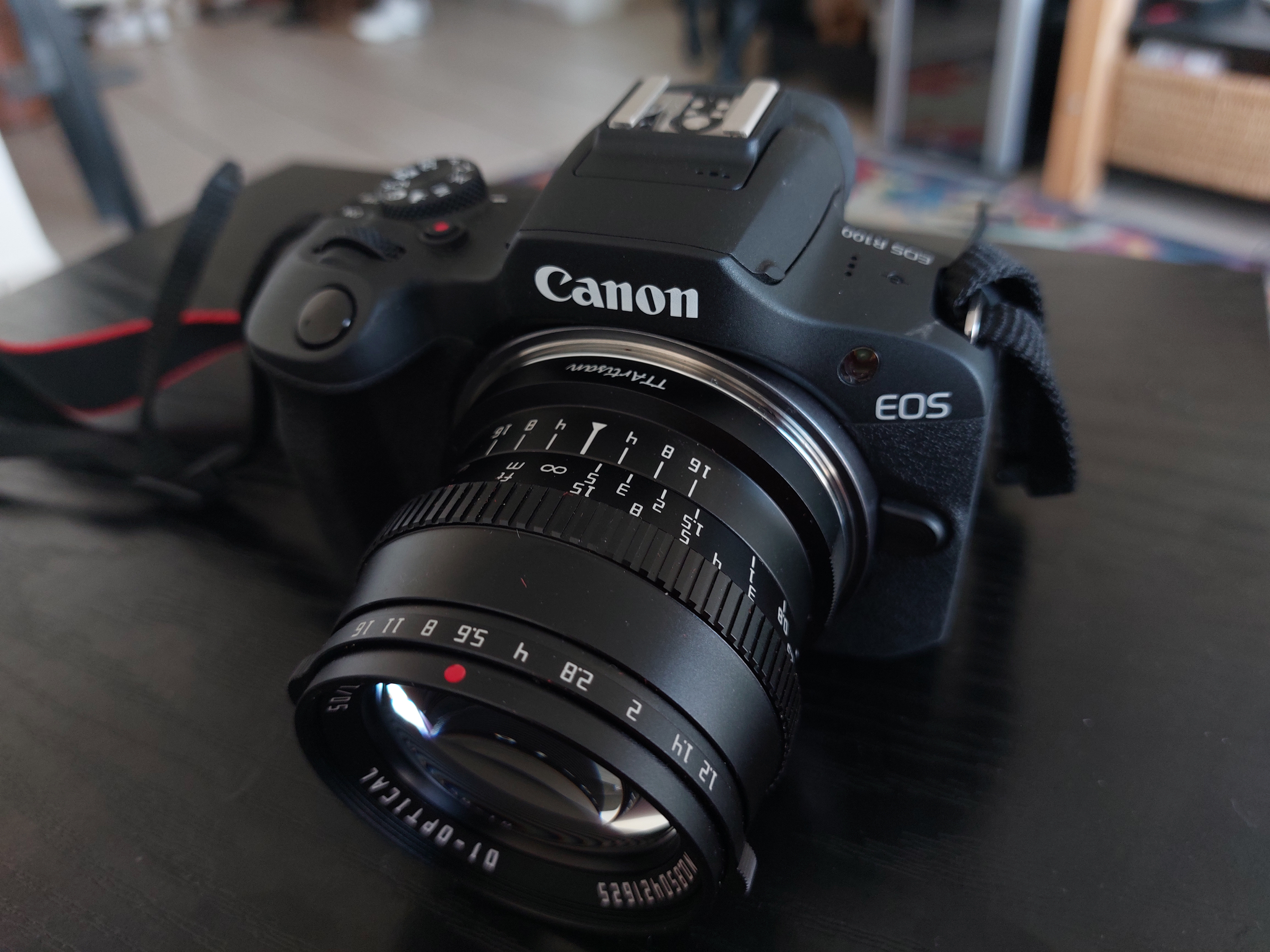The Case for APS-C: Performance and Affordability Redefined
The ongoing debate between full-frame and APS-C cameras often centers around performance, but a deeper dive reveals a far more nuanced picture—especially when cost is factored in. The misconception that full-frame cameras are inherently superior has led many photographers and videographers to make decisions based on incomplete or misleading information. It’s time to debunk some of these myths and highlight why APS-C cameras, paired with a new generation of highly capable, low-cost lenses, offer an unbeatable value proposition for those looking to maximize their creative potential without overspending.

One of the most frequently cited advantages of full-frame cameras is their superior performance in low-light conditions. While it’s true that, on average, full-frame cameras handle high ISO better, this doesn’t hold universally. Many modern APS-C cameras now rival or even outperform older or entry-level full-frame models in similar conditions. The performance gap has shrunk dramatically, and in practical terms, it’s often negligible—especially when paired with fast, high-quality lenses. This brings us to another widely misunderstood claim: the ability of full-frame cameras to produce more pronounced background blur and subject isolation. The reality is that this effect is largely a function of field of view and distance to the subject, not the sensor size itself. With the right lens, APS-C cameras can achieve similarly stunning results.
The real game-changer, however, lies in the ecosystem of emerging lens manufacturers who have revolutionized the APS-C market. Brands like Viltrox, TTArtisan, Meike, 7artisans, and Laowa offer high-performance lenses at a fraction of the cost of traditional full-frame options. Viltrox’s lineup of fast primes, including their 23mm, 33mm, and 56mm f/1.4, delivers impressive sharpness and low-light capabilities. Meanwhile, TTArtisan and 7artisans have developed ultra-fast manual lenses with apertures as wide as f/0.95, providing exceptional depth of field control and beautiful bokeh. For those with niche needs, Meike and Laowa offer specialized lenses, from ultra-wide to macro, opening up a world of creative possibilities.
What makes these lenses so compelling is their affordability. A lens that might cost $1,500 or more in the full-frame world can be had for as little as $300-$500 in the APS-C realm. This drastically lowers the barrier to entry for photographers and videographers, enabling them to build a versatile, high-quality kit without breaking the bank. With the money saved, an APS-C user can invest in multiple lenses, each designed for a specific purpose—whether it’s portrait, landscape, or macro photography. This versatility not only expands creative options but also allows users to experiment with different styles without being financially constrained.
From a practical standpoint, this makes APS-C an incredibly attractive option. For the price of a full-frame body and a single high-end lens, you could purchase an APS-C camera, a versatile zoom, and several premium primes. This isn’t just a financial win; it’s a creative one. The compact and lightweight nature of many APS-C lenses also makes them perfect for travel and street photography, where portability is key.
Ultimately, sensor size should not dictate your choice of camera. APS-C systems offer a balance of performance and cost that’s hard to beat, especially when paired with the latest generation of budget-friendly lenses. Whether you’re a beginner building your first kit or a seasoned professional looking to expand your gear without stretching your budget, APS-C is a smart, practical choice that doesn’t compromise on quality. The democratization of high-performance photography tools means more people than ever can achieve professional-level results, proving that creativity doesn’t have to come with a high price tag.